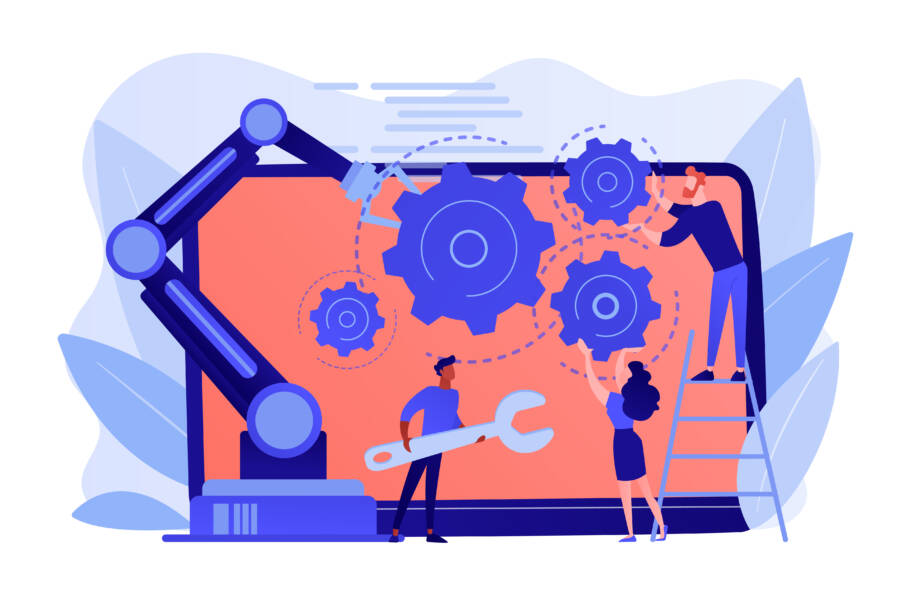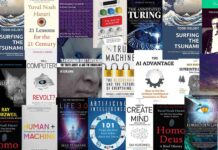As businesses continue to digitize their operations, CIOs are taking a central role in driving efficiency, cost savings, and strategic innovation. Nowhere is this more apparent than in procurement. E-procurement platforms are no longer a luxury—they’re essential. But with a rapidly evolving landscape, what exactly should CIOs be prioritizing in 2025? Here’s a strategic checklist for navigating the must-haves of modern e-procurement systems.

1. Cloud-Based and Scalable Infrastructure
Cloud-first is no longer a trend—it’s a standard. CIOs must ensure any e-procurement solution is built on a scalable cloud platform that allows for seamless integration, remote accessibility, and real-time collaboration. Whether managing local suppliers or global partnerships, the platform should be adaptable and capable of growing with the organization’s needs.
2. AI-Driven Automation and Predictive Analytics
Artificial intelligence is transforming procurement from a reactive function to a predictive one. In 2025, best-in-class platforms will use AI to automate routine tasks such as purchase order generation, invoice matching, and supplier communications. More importantly, predictive analytics will help forecast demand, optimize inventory, and flag risks before they impact the supply chain.
3. End-to-End Visibility and Control
CIOs must prioritize platforms that offer complete transparency across the procurement lifecycle. From requisition to payment, the ability to track every transaction in real time helps mitigate fraud, streamline compliance, and enhance accountability. Dashboards should offer intuitive insights and customizable reporting to support data-driven decisions at all levels of the business.
4. Supplier Relationship Management Tools
A good e-procurement platform doesn’t just facilitate purchases—it strengthens supplier relationships. Look for features like automated vendor onboarding, performance tracking, and contract management. In an era of supply chain disruption, the ability to identify reliable partners, negotiate smarter contracts, and resolve issues quickly is more critical than ever.
5. Compliance and Risk Management Features
With increasingly complex regulatory environments, compliance must be built into the procurement process. Modern platforms should automate compliance checks, flag non-conformities, and support audit trails. Risk management tools that monitor supplier performance, financial health, and geopolitical impact are essential for maintaining business continuity.
6. Integration with ERP and Finance Systems
Siloed systems slow down operations and create blind spots. In 2025, seamless integration between e-procurement platforms and enterprise resource planning (ERP), finance, and inventory systems is non-negotiable. CIOs should ensure that APIs are robust, data is synced in real-time, and the user experience is consistent across tools. For organizations seeking a robust and modern platform, eprocurement services like those offered by Atamis provide scalable solutions that align with the evolving demands of procurement in 2025.
7. User-Friendly and Mobile-Optimized Interface
A powerful system is useless if no one wants to use it. Usability matters. Today’s workforce expects intuitive interfaces, mobile accessibility, and self-service options. CIOs should work closely with procurement teams to ensure the chosen solution supports productivity without requiring extensive training.
Looking Ahead
As we navigate 2025 and beyond, e-procurement will remain a key pillar in digital transformation strategies. For CIOs, the priority isn’t just adopting technology—it’s adopting the right technology. With a focus on scalability, intelligence, transparency, and integration, CIOs can build procurement ecosystems that are agile, resilient, and ready for whatever the future holds.
TechnologyHQ is a platform about business insights, tech, 4IR, digital transformation, AI, Blockchain, Cybersecurity, and social media for businesses.
We manage social media groups with more than 200,000 members with almost 100% engagement.





































